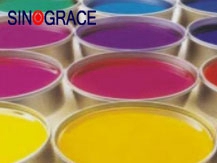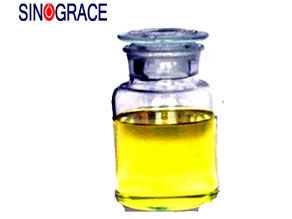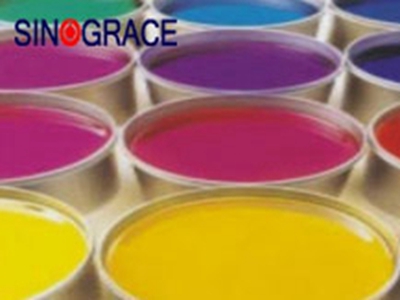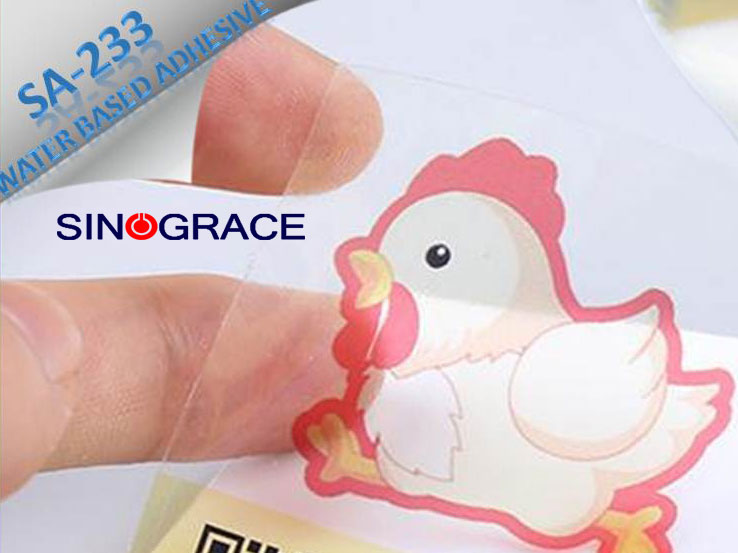The difference between coupling agent and surfactant
In the process of coating manufacturing, it is necessary to belong to the hydrophilic polar material Yan, fillers dispersed to belong to the hydrophobic non-polar material organic base material.In order to increase the affinity between inorganic matter and organic polymer, it is generally necessary to use coupling agent or other surfactants to treat the surface of inorganic matter, so that it changes from hydrophilic to hydrophobic, so as to promote the interface between inorganic matter and organic matter. Coupling agents and surfactants have some similarities in molecular structure and application properties, but there are also differences. Both are composed of hydrophilic and hydrophobic groups.Surfactant through the molecular hydrophilic group oriented adsorption on the surface of inorganic color, packing monolayer, which is a physical adsorption phenomenon, so as to improve the dispersion and wettability of the color and packing in the base material, so it is only physical adsorption, so the surfactant migration phenomenon affects the luster, appearance and adhesion. Coupling agent is through chemical reaction and the surface of inorganic fillers accidentally coupling consolidation and crosslinked polymer binders, combine two kinds of different material, plays a role of bridge, from the bonding strength, raise yan, filler dispersion process in the basic material and reduce the extent of interfacial energy, coupling agent is greatly better than surfactant.
read more

 English
English français
français русский
русский español
español العربية
العربية








